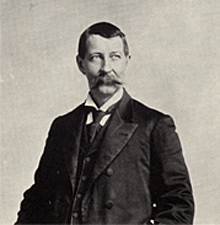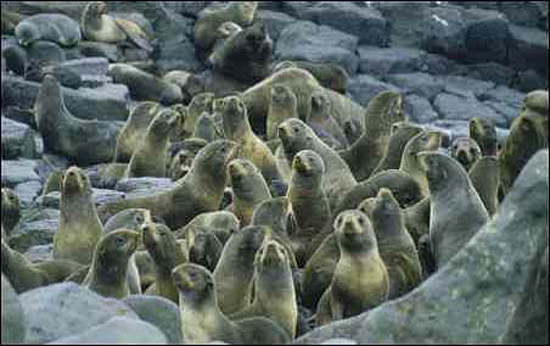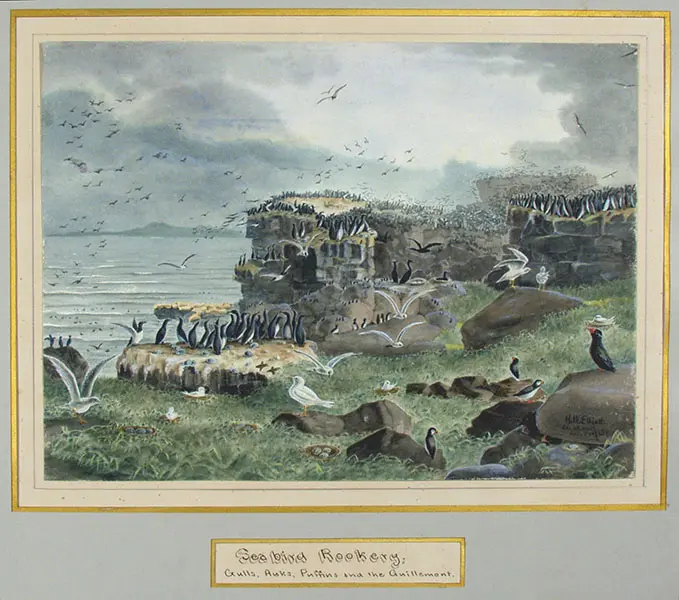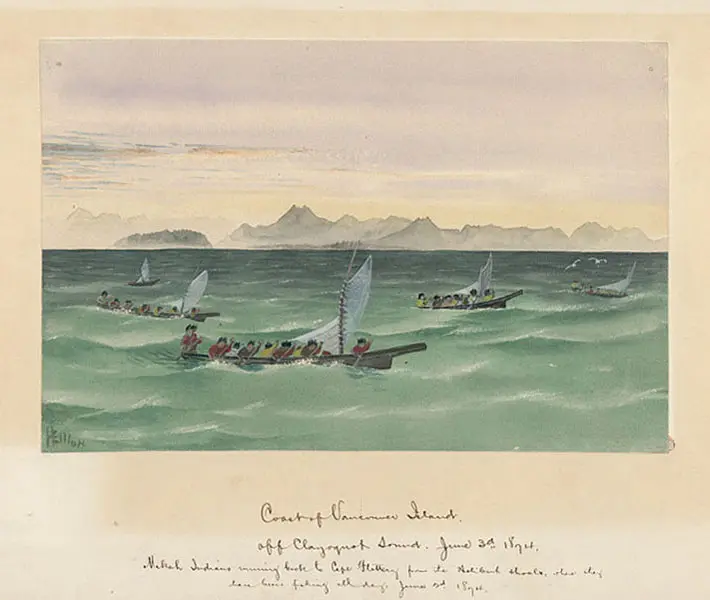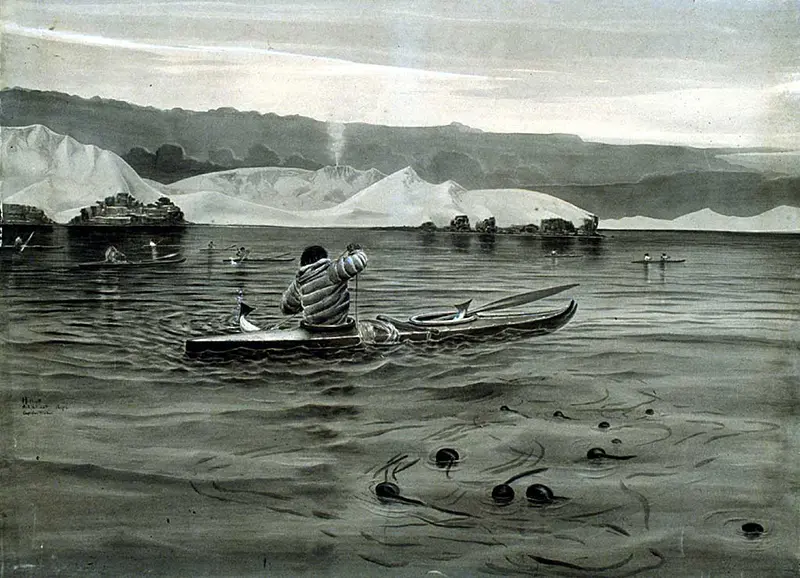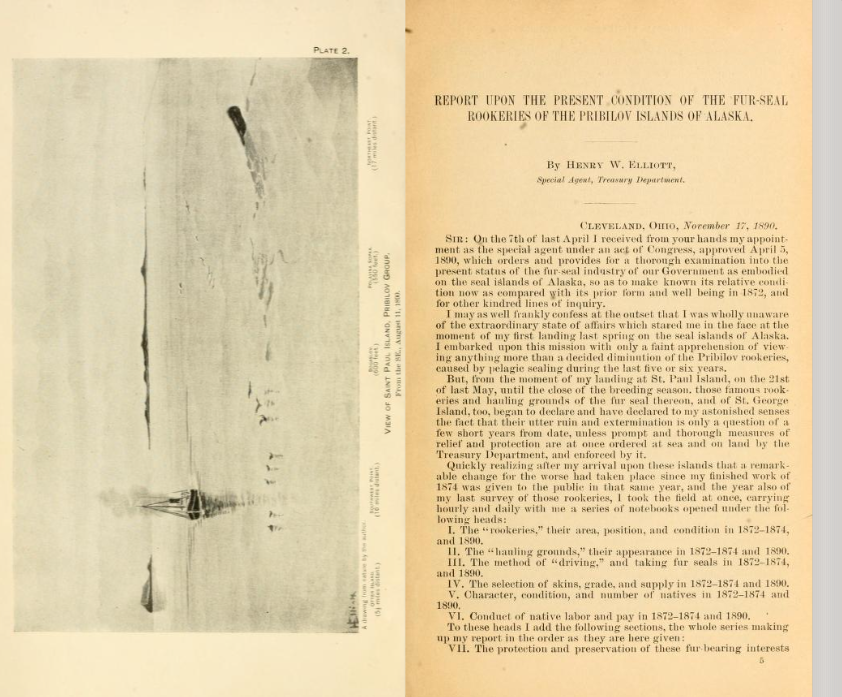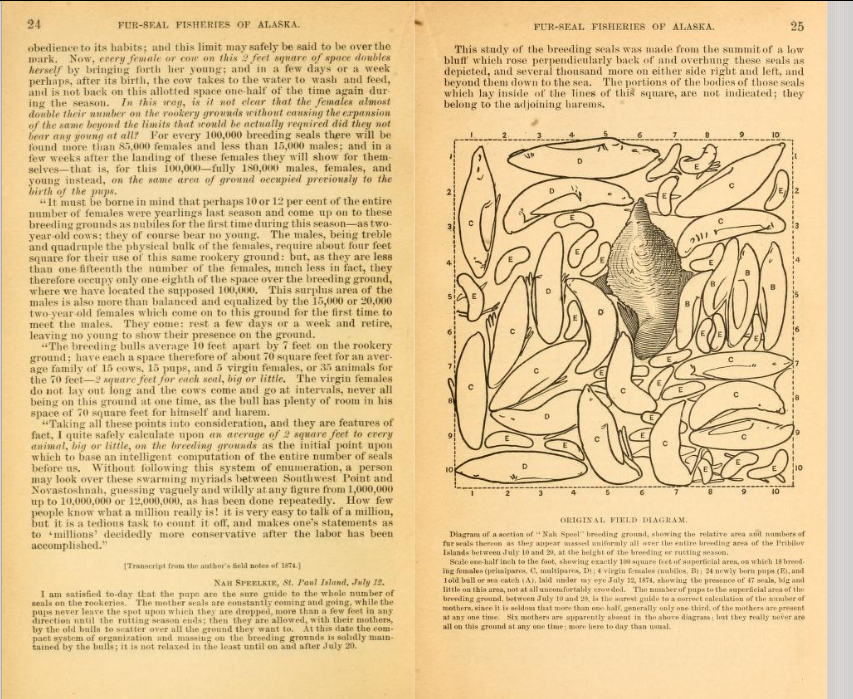REVISED REGULATIONS FOR THE DRIVING AND KILLING OF MALE FUR SEALS ON THE PRIBILOV ISLANDS OF ALASKA.
1. No herd of male or killable fur seals shall be driven over a greater distance than one-half mile from the hauling ground upon which it is found and from which it is taken by the drivers.
2. At a distance of a half mile from the borders of the several hauling grounds of the killable fur seals on the Pribylov Islands, and well back from the sea margin, killing grounds shall be established; so that each and every locality known on “the islands of St. Paul and St. George (of the Pribylov group) as a hauling ground shall have its own slaughtering field, and upon which all seals killed for tax and shipment, driven from said localities, must be killed and skinned.
3. All male fur seals that are driven in these herds up to these killing grounds Foi the hauling grounds adjacent, as above specified in regulations 1 and 2, shall be killed without culling out any save those which are under 1 year of age, known as ‘‘short yearlings,” and over 4 years of age, known as ‘‘ wigs.” These two classes, under and over age, may be culled out and rejected, and those only.
- Conclusion to H.W. Elliott's 1896 report
